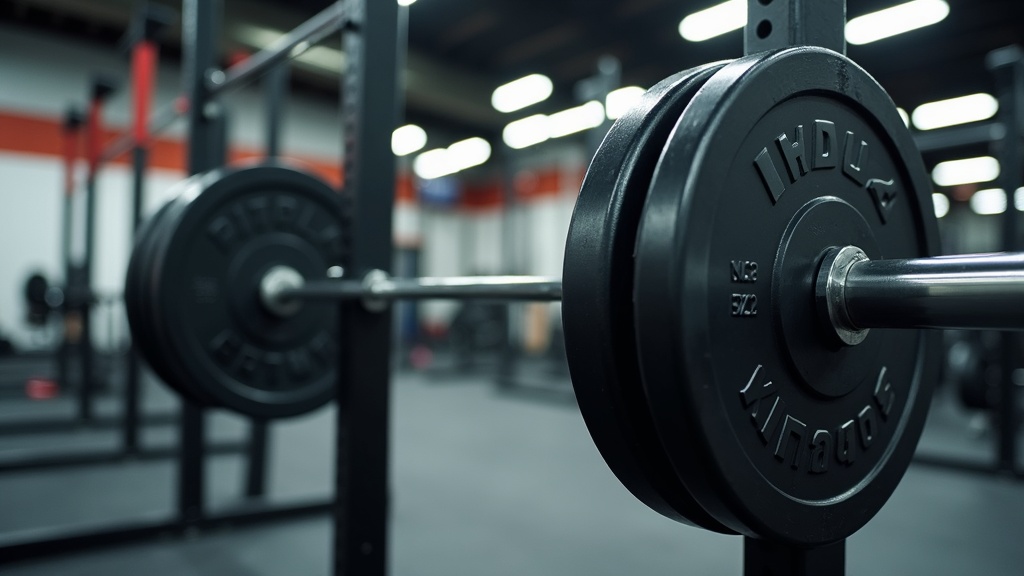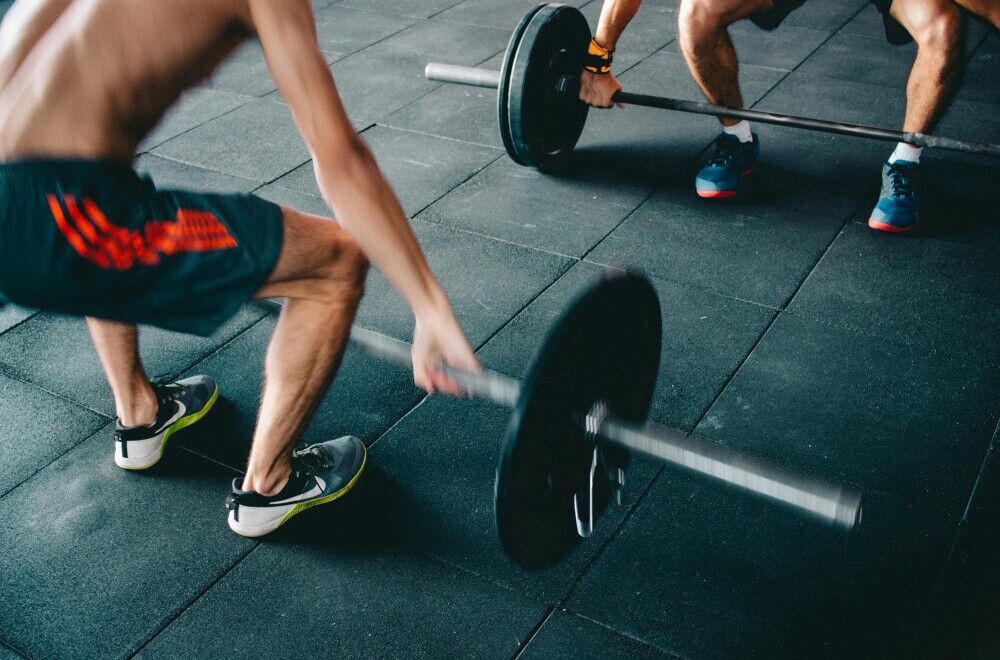Squats have a reputation for being an awesome exercise if you’re chasing muscle growth, better strength, and that solid athletic look. But if your quads, glutes, or hamstrings are not showing much progress even though you’re squatting regularly something is probably off in your routine or technique. Here, I’ll break down a few super common mistakes that hold people back from making gym progress, plus share some simple ways to tweak your approach for better gains. Let’s get into the nitty-gritty and set you up for steady results.

Why Squats Matter for Muscle Growth
Squats are a heavyweight in the world of resistance training. They work your biggest lower body muscles and challenge your core, too. There’s a reason you’ll find them at the heart of most muscle building programs. When you squat, you’re training more than just your legs; your whole body is working to keep balanced and move the weight.
Despite all the benefits, only proper technique and smart programming will get your muscles firing and actually growing. I’ve seen tons of people go through squat sessions without seeing any real size changes, simply because of a hidden mistake or two. If you really want results, it’s worth looking over your whole approach and making sure you’re not falling into the most common traps.
5 Common Squat Mistakes That Kill Muscle Growth
Getting your squats to work for you isn’t super complicated, but it does take some attention to detail and a bit of honest self-assessment. Here are five common reasons your squats might not be helping you grow muscle:
- You’re Not Squatting Deep Enough
Half reps might feel easier, but they don’t give your muscles a full workout. If you’re stopping short, you’re leaving size gains on the table. Aim for at least parallel—where your thighs are level with the floor—or deeper, if your knees and hips are healthy enough for it. Working through a full range of motion makes a real difference to muscle growth, especially in your glutes and hamstrings. - Your Form Needs Work
Leaning too far forward, letting your knees collapse in, or losing your spine’s neutral position often leads to wasted effort or even injury. If your squat form is shaky, you’ll switch the focus away from the muscles you’re trying to train. Sometimes, filming yourself or getting feedback from a more experienced lifter helps. - The Weight Is Too Light (or Too Heavy)
Using weights that are too light won’t challenge your muscles enough to prompt growth. But going too heavy can be just as much of a problem, because your form falls apart and you rely on momentum, not muscle. Stick to weights that let you move well but feel tough by the last few reps—usually around 6-12 reps per set for muscle gains. - Your Programming Is Inconsistent
Sporadic squatting or mixing up your routine every week makes it hard for your muscles to adapt and grow. If you want to see progress, hit squats consistently and keep a log of your sets, reps, and weights. Gradually try to add a little more weight or another rep each week, so your legs are always getting a new reason to grow. - You’re Skipping Other Key Details
Squats are just one piece of growing muscle. Sleep, calories, and overall recovery matter, too. If your nutrition or recovery isn’t on point, it’s way harder for muscles to repair and grow. Make sure you’re eating enough protein, getting at least 7-8 hours of sleep, and taking rest days when you need them. Neglecting this support system often holds back gains, even if your workouts are tough.
Breaking Down the Basics: How to Nail Your Squat Technique
Nailing your squat form is super important. Here’s a step-by-step guide that covers the basics and a few key details that often get missed:
- Feet Position: Stand with your feet about shoulder width apart and toes slightly pointed out. This usually gives you a solid, natural feel and helps with balance as you lower down and lift up.
- Bar Placement: If you’re using a barbell, find a spot on your upper back (high bar) or a bit lower on your back (low bar). Both are valid, but each changes muscle emphasis a bit. A high bar will use more of your quads, while a low bar brings in a bit more hip and glute action.
- Bracing: Take a breath and brace your core as if you’re going to get punched in the stomach. This helps keep your spine safe all the way through the rep and lets you push more weight without wobbling.
- Squat Down: Break at your hips and knees together. Send your butt back and down, keeping your chest up and knees tracking over your toes. Don’t let your knees cave in. Using a mirror can help here if you have one, or film yourself for a better view.
- Depth: Lower yourself until at least your thighs are parallel to the ground. If you’re able to go a little deeper comfortably, that’s great for muscle growth.
- Drive Up: Push through your whole foot (not just your toes or heels) as you rise. Stand back up with control, squeezing your quads and glutes at the top. Don’t rush—make every rep count for max muscle-building effect!
Mastering this form, even at lower weights, is essential before chasing heavy lifts. This strong foundation prevents injury and sets you up for long-term progress.

Sometimes, just a few tweaks can make a huge difference in how your squats feel and the muscle growth you get out of them. Here are some tips that have really helped me and others:
- Warm Up Well: Make sure you’re warmed up before loading up the bar. Dynamic stretching, bodyweight squats, or a few minutes on the bike preps joints and muscles for stronger, safer reps.
- Tempo Training: Slow down your reps, especially on the way down (eccentric phase). Lowering for a count of 3-4 seconds boosts muscle tension and the growth stimulus. This keeps the work where it belongs—in your muscles, not your joints.
- Pause Squats: Try pausing for 1-2 seconds at the bottom of your squat. This kills momentum and gets your muscles working harder for real growth, since you’re not bouncing out of the hole.
- Monitor Recovery: Track how sore or tired your legs feel a day or two after squatting. If you’re wiped out every time, you may need to scale back or improve your sleep and nutrition. If you barely feel anything, bump up the volume or intensity next time. Keeping an eye out for how your body handles the workload helps you make smart changes.
- Check Footwear: Shoes that are flat or have a raised heel (like weightlifting shoes) can improve your squat form, especially if you’re struggling to hit depth. Avoid cushioned running shoes, which make it hard to keep balance and might mess with your squat mechanics. Good shoes make it easy to generate force and control the whole movement smoothly.
Combining these tweaks with consistency in your overall routine adds up to better results. Remember, it’s small changes done every week that really pay off in building muscle.
Common Challenges and How to Handle Them
It’s not unusual to hit a few bumps on your squat adventure. Here’s a look at some of the most common problems and what to do about them:
Lack of Mobility
Tight ankles, hips, or calves can keep you from squatting deep or keeping your heels down. Working on mobility helps a ton; even a few minutes of stretching before squats is usually enough for most people, though some may need extra focused work on their problem spots.
Pain or Discomfort
If you feel pain in your knees, back, or hips, stop and check your form. Sometimes, reducing weight and practicing technique fixes it. If pain sticks around, consider seeing a physical therapist or an experienced coach for advice. Early action can save you time off from nagging injuries and keep your progress rolling.
Plateauing Progress
If your numbers haven’t moved in weeks, it might be time to mix it up. Changing rep ranges, switching to a front squat or goblet squat, or adding an extra squat day can kickstart muscle gains again. Progressive overload is really important, so tracking your lifts and always trying to make small improvements keeps you moving forward. Even adding another tiny plate or squeezing in one more rep can get you off a plateau.
Other Muscle Building Tricks Every Squatter Should Know
Building muscle is about more than just squatting harder. Here’s what else I keep in mind for steady gains:
- Eat for Growth: Getting enough calories and protein is non negotiable for packing on muscle. I aim for about 0.8-1 gram of protein per pound of bodyweight daily, spread over several meals. If you skip out on nutrition, your gains just won’t stick.
- Vary Rep Ranges: Switching things up with lower reps and heavier weights, and then sometimes going lighter for high rep finishers, works different muscle fibers and keeps things fresh. This also helps break through mental ruts and physical plateaus.
- Train Unilateral Movements: Lunges, split squats, and Bulgarian split squats fix any muscle imbalances between legs and help with overall squat strength. I sneak these in on accessory days or after my barbell work so both legs get equal attention and development.
Frequently Asked Questions
Here are some questions that often pop up about squats and musclebuilding, especially among folks getting started or coming back after a break.
Question: How often should I squat for muscle growth?
Answer: Squatting 2-3 times a week gives enough stimulus for most people. Adjust the frequency based on how quickly you recover; some people get great results with two weekly sessions, while others can handle three without burning out.
Question: Why do my knees hurt during squats?
Answer: Knee pain usually points to technique problems, poor mobility, or trying to lift too much weight. Improving form and mobility, plus dialing back weight as needed, can help clear things up. Don’t ignore pain—address it early so you can keep making gains safely.
Question: Are back squats better than front squats for building muscle?
Answer: Both are great, but they hit your muscles a little differently. Back squats work more glute and lower back, while front squats hammer your quads and core. Doing both in your routine covers your bases, and mixing them in and out keeps things interesting and productive over the long haul.
Putting It All Together for Better Gains
Succeeding with squats isn’t about making everything perfect right away. It’s about staying consistent, checking your form, making small improvements, and paying attention to how your body responds. Even a small tweak in technique or a simple switch in weight can wake up new muscle growth and get you back on track toward your goals. Stick with it, eat well, and watch your legs and glutes start making real progress.
Making gains with squats doesn’t take fancy tricks. With some smart adjustments, a little patience, and the right amount of hustle, you’ll be stepping up your results in no time. Happy lifting!
